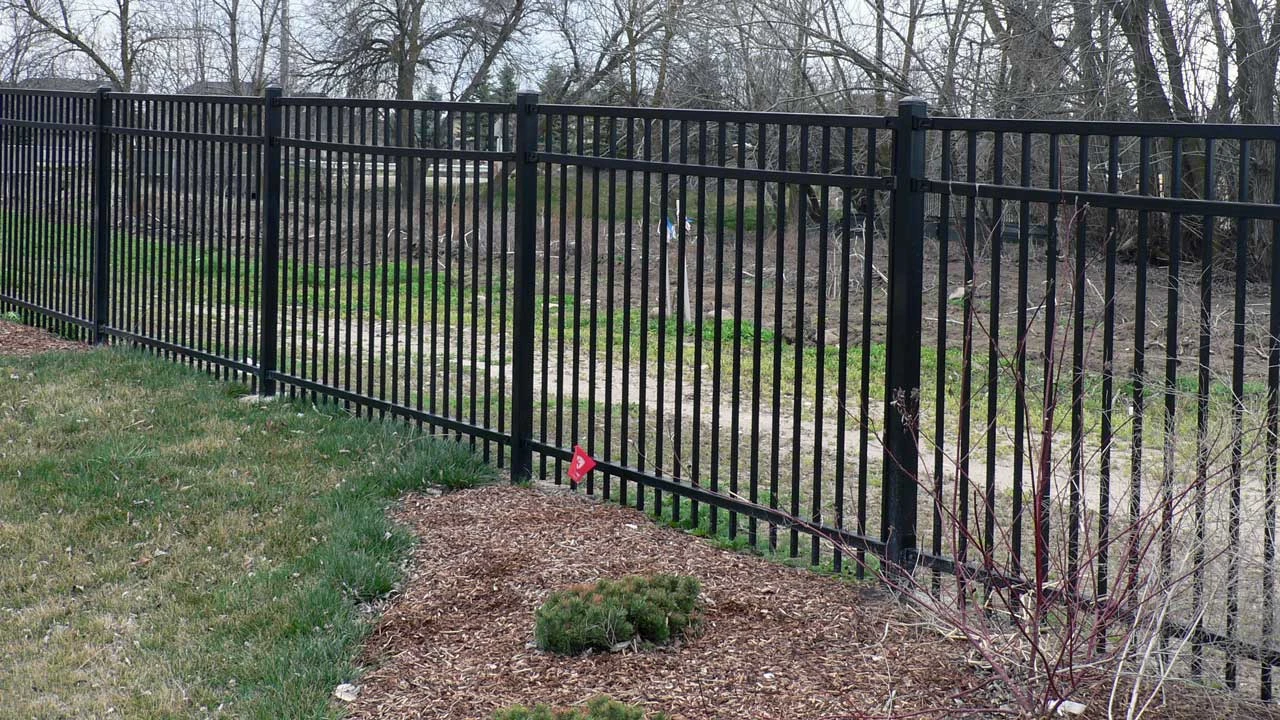Dec . 14, 2024 19:09 Back to list
concrete reo bar
Understanding Concrete and Rebar The Backbone of Modern Construction
Concrete and rebar (reinforcing bar) are fundamental components in modern construction, working together to create structures that are both durable and capable of withstanding various loads. This synergy between concrete and rebar has revolutionized the field of engineering, leading to the development of resilient buildings, bridges, and other infrastructures that are integral to urban living.
What is Concrete?
Concrete is a composite material composed primarily of water, aggregate (gravel, sand, or crushed stone), and cement. When mixed together, the cement acts as a binding agent, hardening over time to form a solid mass. This process, known as hydration, is crucial for the development of the material’s strength. Once set, concrete exhibits impressive compressive strength, making it ideal for applications where structures must bear heavy weights, such as roads, foundations, and load-bearing walls.
However, concrete, while strong in compression, has limitations, particularly in tensile strength. It tends to crack under tension, which is where rebar becomes essential.
The Role of Rebar
Reinforcing bars, commonly referred to as rebar, are typically made from steel, though alternatives like fiber-reinforced polymer (FRP) are gaining traction due to their enhanced corrosion resistance. Rebar is placed within concrete to counteract its weaknesses in tension. Since steel has a high tensile strength, it can absorb and distribute the tensile stresses that concrete alone cannot handle.
Rebar is available in various diameters and grades, allowing engineers to choose the appropriate type for their specific application. The surface of rebar often features ridges that help it bond effectively with the surrounding concrete, ensuring that they work together as a composite material.
concrete reo bar

The Synergy of Concrete and Rebar
The combined use of concrete and rebar creates a material known as reinforced concrete, which is vastly superior to either material used alone. This composite exhibits a balanced combination of compressive and tensile strength, enabling it to withstand flexural forces caused by loads, temperature changes, and settling.
The harmony between concrete and rebar is critical in the design of many structures. For instance, in the construction of bridges, the load-bearing capacity must be meticulously calculated. Engineers analyze factors such as dead loads (the weight of the structure itself), live loads (the weight of vehicles, pedestrians, and other temporary loads), and environmental effects (like wind or seismic activity). The incorporation of rebar within concrete helps to ensure that these structures remain safe and functional over their intended lifespan.
Innovations in Concrete and Rebar Technology
Recent advancements in materials science have spurred innovation in the use of concrete and rebar. High-performance concrete (HPC) is now available, offering enhanced durability, strength, and resistance to environmental factors. Furthermore, the introduction of corrosion-resistant rebar, such as epoxy-coated or stainless steel rebar, has improved the longevity of structures in harsh environments, particularly where road salt and moisture can lead to deterioration.
Additionally, the trend toward sustainable construction has led to the exploration of eco-friendly alternatives. The development of green concrete, which incorporates recycled materials or industrial by-products, minimizes environmental impact while maintaining structural integrity. Research into non-metallic rebar options, including composites that resist corrosion, is also ongoing, driven by the need for more sustainable and durable solutions.
Conclusion
In summary, the combination of concrete and rebar forms the backbone of contemporary construction. Their complementary properties allow for the creation of structures that are not only strong and reliable but also capable of adapting to various stresses and environmental challenges. As technology advances and the construction industry evolves, the relationship between concrete and rebar will continue to play a pivotal role in shaping the landscapes of our cities, ensuring safety, sustainability, and resilience in our built environment.
-
Reinforcing Mesh: Core Material of the Construction Industry
NewsJul.07,2025
-
Welded Wire Fabric Reinvented for Modern Projects
NewsJul.04,2025
-
Superiority of Stainless Steel Woven Mesh
NewsJul.04,2025
-
Key Types of Razor Wire and Their Applications
NewsJul.04,2025
-
Durable Metal Fence Types for Security
NewsJul.04,2025
-
Best Materials for Livestock Fence
NewsJul.04,2025
products.







